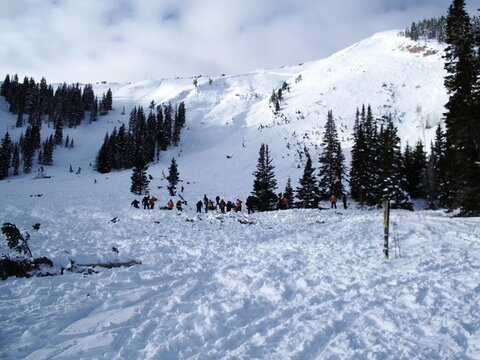Eye Problems in Mountain and Remote Areas - Prevention and On Site Treatment

ABSTRACT
Although eyes are not frequently injured in the mountains, they are exposed to many adverse factors from the environment. This review article, intended for first responders, physicians, paramedics and mountaineers, was compiled following a Medline search of the literature supplemented by reading standard mountain medicine texts. Cited articles were chosen as being most applicable for the wilderness environment. The draft was then discussed amongst the International Commission for Mountain Emergency Medicine (ICAR-MEDCOM) members and a consensus document developed. Its aim is to give practical advice on the management of eye problems in mountainous and remote areas. Snow blindness and minor injuries such as conjunctival or corneal foreign bodies could immobilize a person and put them at risk of other injuries. Blunt or penetrating trauma can result in the loss of sight in the eye; this may be preventable if the injury is managed properly. In almost all cases of the severe eye trauma, protecting the eye and arranging an immediate evacuation is necessary. The most common eye problems, however, are due to UV light and high altitude. People wearing contact lenses and with previous history of eye diseases are more vulnerable. Eye problems induced by high altitude should be managed using the same principles as other high altitude illnesses. Wearing appropriate eye protection, such as sunglasses or goggles with polarized or photochromic lenses, could prevent most of the common eye problems in mountaineering.
KEYWORDS
Altitude, Eye injuries, Mountaineering, Mountain emergency medicine, Ultraviolet Rays
---------------------------
Please look at the attached file for the complete recommendation!